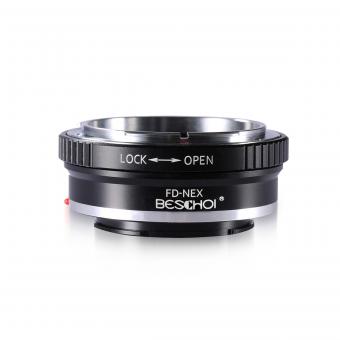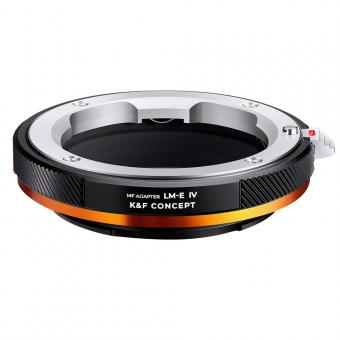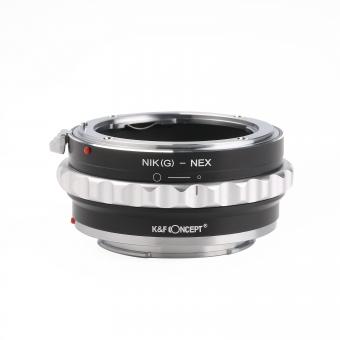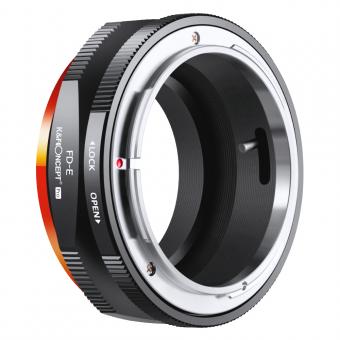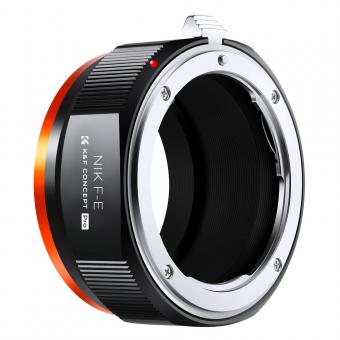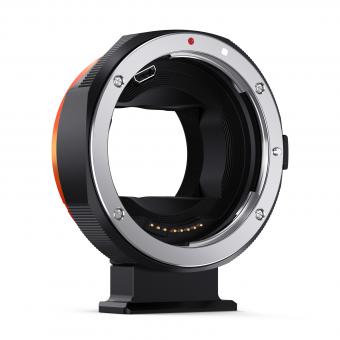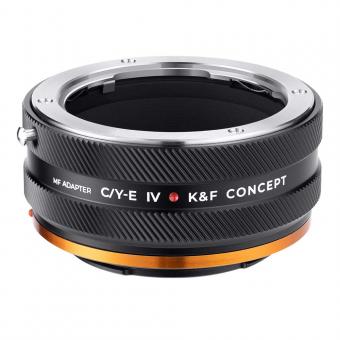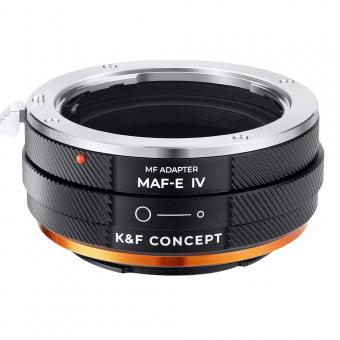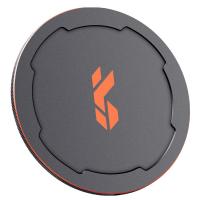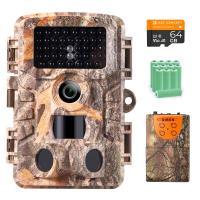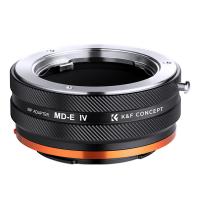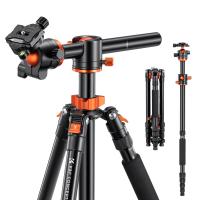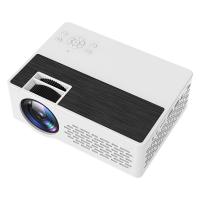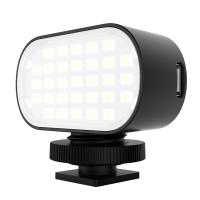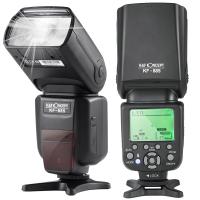What Lens Mount Is The Sony A7iii?
In the ever-evolving world of photography, choosing the right camera and lens system can be a complex task, fraught with considerations of compatibility, performance, and investment. The Sony A7III, a standout model in Sony's full-frame mirrorless lineup, is a compelling choice for both amateur and professional photographers. One pivotal aspect of this camera that significantly impacts its versatility and functionality is its lens mount. Understanding the nature of the Sony A7III’s lens mount is critical for anyone looking to maximize the potential of this camera.
The Sony A7III features the Sony E-mount, a lens mount system that has been integral to Sony's development of mirrorless cameras. Introduced in 2010, the E-mount has revolutionized the way photographers approach lens selection and camera capabilities. This article aims to delve deeply into the implications of the E-mount system for the Sony A7III, exploring its advantages, available lens options, and how it compares to other systems on the market.
Understanding the Sony E-mount
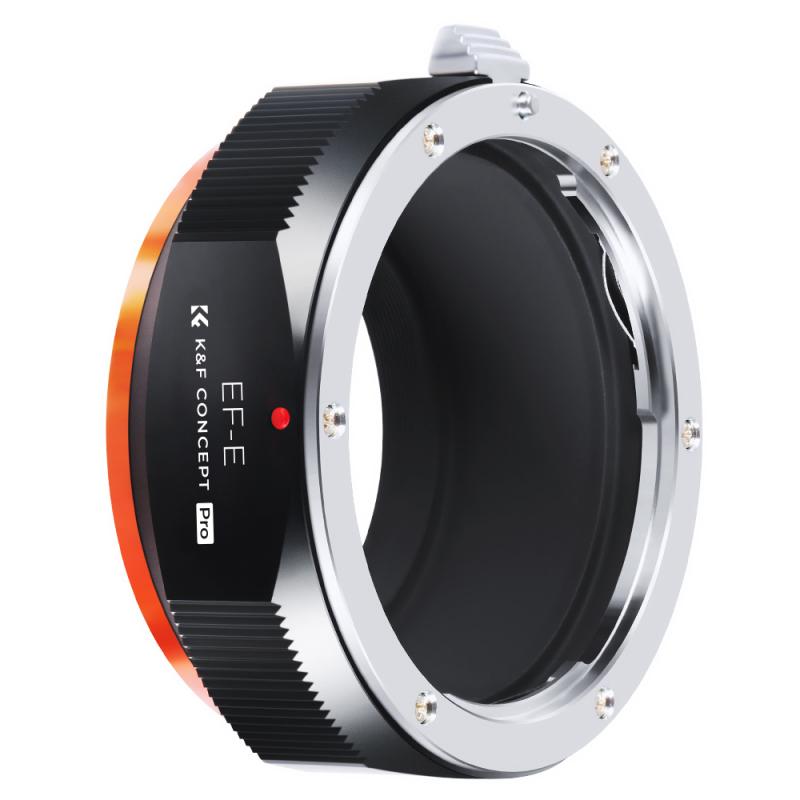
The Sony E-mount system was first launched with the NEX series of cameras, targeting compact, high-performance mirrorless models. One of its key features is the short flange focal distance, which is the distance between the lens mount and the sensor. The E-mount’s flange distance is 18mm, significantly shorter than that of traditional DSLR mounts, which allows for greater flexibility in lens design and compatibility.
The compactness of the E-mount is particularly beneficial for mirrorless systems, offering a thinner and more portable camera body without sacrificing sensor size or performance. This mount supports both full-frame (FE lenses) and APS-C format (E lenses) sensors, making it a versatile choice that can adapt to different shooting needs.
Advantages of the E-mount System
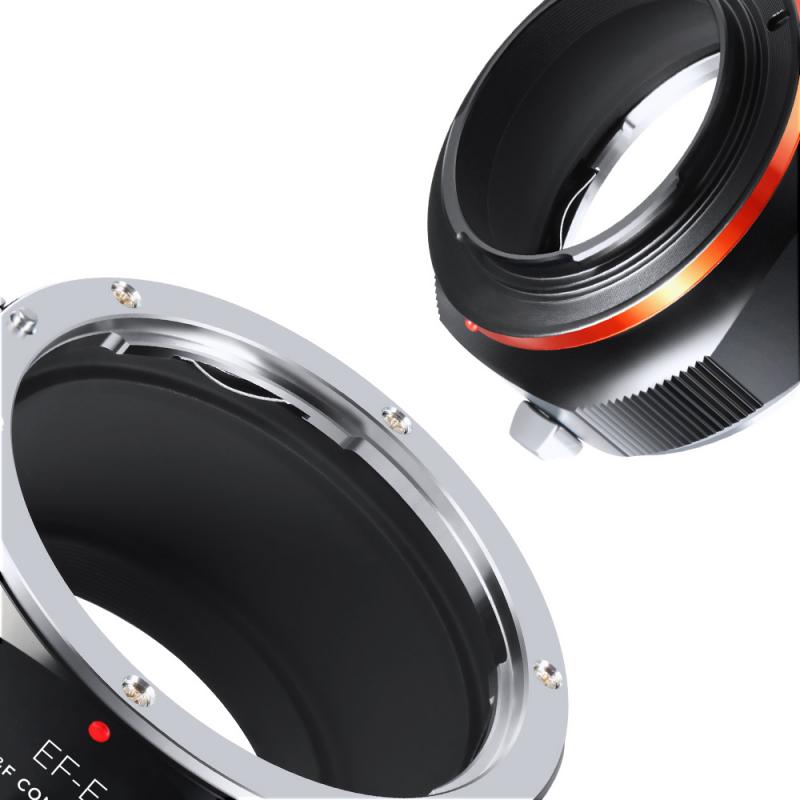
Versatility and Adaptability
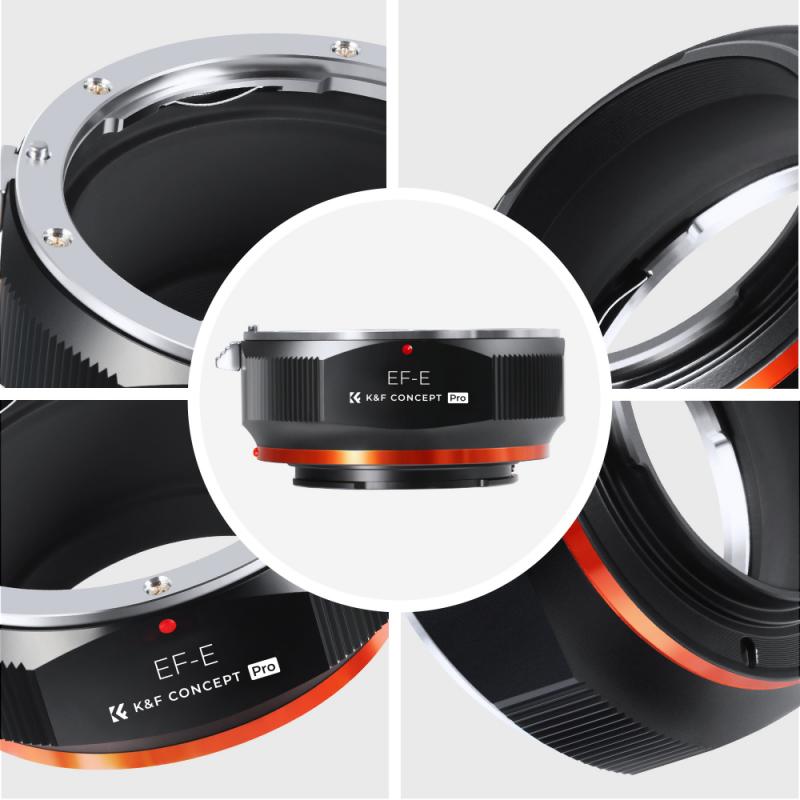
One of the most significant advantages of the E-mount system is its versatility. With adapters, photographers can use lenses from a variety of different mounts, including Canon EF, Nikon F, and even vintage lenses. This adaptability opens up a vast array of creative possibilities, allowing photographers to leverage the unique characteristics of different lenses.
Comprehensive Lens Selection
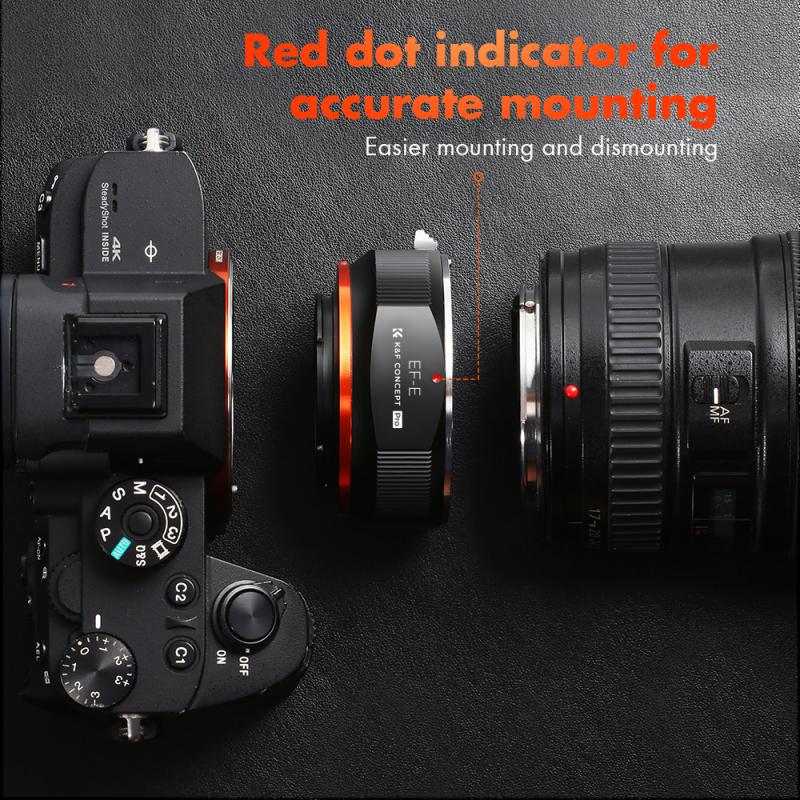
Sony has invested heavily in expanding its E-mount lens lineup. As of today, the E-mount system boasts a wide range of lenses, encompassing everything from ultra-wide-angle to super-telephoto, catering to various genres of photography. The native lenses manufactured by Sony, like the G Master series, are known for their exceptional quality, sharpness, and innovative features such as Linear Response MF and fast, silent autofocus.
Advanced Autofocus Performance
The Sony A7III, paired with E-mount lenses, benefits from advanced autofocus performance. Sony's AF system is renowned for its speed, accuracy, and reliability, crucial for genres such as sports, wildlife, and event photography where capturing the decisive moment is essential. The E-mount lenses are designed to work in harmony with the camera’s autofocus system, ensuring optimal performance.
Lens Options for the Sony A7III
Sony Native Lenses
Sony’s native lens lineup for the E-mount system is extensive. It includes the premium G Master series, which offers top-tier performance suitable for professional use. Some notable lenses are:
- Sony FE 24-70mm f/2.8 GM: A versatile standard zoom lens ideal for a variety of shooting scenarios.
- Sony FE 85mm f/1.4 GM: Renowned for its beautiful bokeh and sharpness, perfect for portrait photography.
- Sony FE 70-200mm f/2.8 GM OSS: A telephoto zoom lens with Optical SteadyShot, essential for sports and wildlife photography.
Third-Party Lenses
Many third-party manufacturers, such as Sigma, Tamron, and Zeiss, offer high-quality lenses compatible with the Sony E-mount. These lenses often provide excellent performance at more competitive prices. For example:
- Tamron 28-75mm f/2.8 Di III RXD: A popular standard zoom lens that balances performance and affordability.
- Sigma 35mm f/1.2 DG DN Art: Offers exceptional sharpness and a fast aperture, ideal for low light and portrait work.
- Zeiss Batis 25mm f/2: Known for its build quality and optical performance, suitable for landscape and architecture photography.
Comparing the E-mount to Other Systems
When comparing the E-mount system to other popular mounts like Canon’s RF or Nikon’s Z, several factors come into play:
Lens Variety and Compatibility
The E-mount system’s advantage lies in its extensive array of available lenses and compatibility through adapters with other lenses. Canon RF and Nikon Z mounts, though rapidly growing, still lag behind in the sheer number of native and compatible lenses.
Autofocus and Technological Integration
Sony’s leadership in mirrorless technology is evident in the autofocus performance and seamless integration of advanced features like Eye AF and Real-time Tracking. These innovations are critical for professionals who demand precision and reliability.
Ecosystem and Future Proofing
The investment in the E-mount system is often seen as future-proof, given Sony's consistent innovation and commitment to expanding their lens lineup. Photographers can trust that the ecosystem will continue to support their evolving needs.
Practical Implications for Photographers
For photographers considering the Sony A7III, understanding the E-mount system is crucial. Here are some practical tips:
Assess Your Lens Needs
Consider the types of photography you engage in and evaluate the lenses that will best serve those needs. The E-mount system offers lenses tailored to various genres, so identifying your primary focus can help streamline your decisions.
Explore Adaptability
If you already own lenses from other systems, investing in high-quality adapters might be a cost-effective way to expand your arsenal without sacrificing performance.
Stay Informed on New Releases
Sony frequently updates its lens lineup, releasing new models that incorporate the latest technological advancements. Staying informed about these updates can help you make timely decisions about expanding or upgrading your gear.
The Sony A7III, with its E-mount system, presents a compelling choice for photographers seeking versatility, performance, and future-proof investment in their gear. The E-mount’s adaptability, comprehensive lens selection, and advanced autofocus capabilities make it a robust platform capable of meeting diverse and demanding photographic needs. Whether you're a professional seeking high-quality primes and zooms, or an enthusiast exploring creative possibilities, the E-mount system guarantees a level of flexibility and innovation that is hard to match. Understanding the implications of this lens mount allows photographers to fully exploit the potential of the Sony A7III, ensuring that every shot captured is delivered with excellence and precision.

